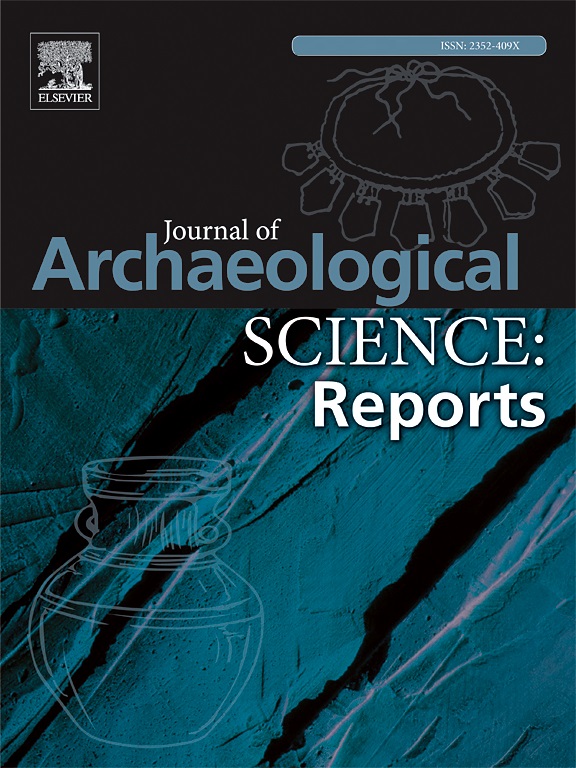Abstract
The so-called “Oval” at Godin Tepe (Kermanshah province, western highland Iran) has long been considered a template for an Uruk colony that retained its Southern Mesopotamian identity in spite of being embedded within a local community. With its substantial walls, controlled access, and abundant Uruk-style pottery and administrative tools, the view of its inhabitants as foreign merchants who lived a life distinct and separate from the surrounding town has been pervasive in scholarship about the Uruk phenomenon. In this study, we reassess the nature of the Uruk presence at Godin through an examination of its most characteristic manifestation: pottery. Using a combination of typological, chemical, and petrographic techniques, we analyze the composition of both Uruk-related and non-Uruk vessel forms from within the oval compound, as well as from the surrounding village, in order to establish the source of the clay that was used in their manufacture. Based on patterns of vessel procurement, our findings indicate a higher degree of integration within the community than previously suggested. Further, we find limited evidence of long-distance trade in ceramics, although we can document a fairly active exchange in ceramic vessels within the Iranian highlands. This highland trade seems to be concentrated in the oval compound which displays a greater diversity of ceramic sources than the village, indicating that its interpretation as a merchant enclave, while possibly overstated in previous scholarship, may not be wholly inaccurate.
Publication Type
- Article



